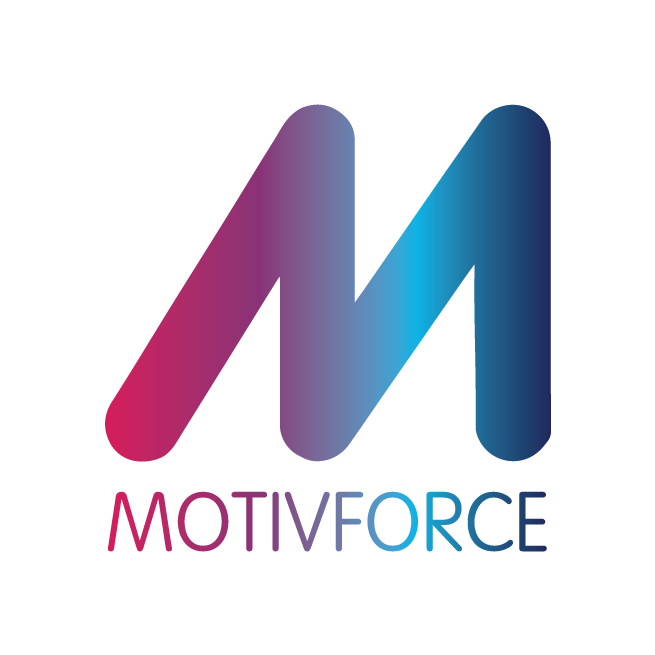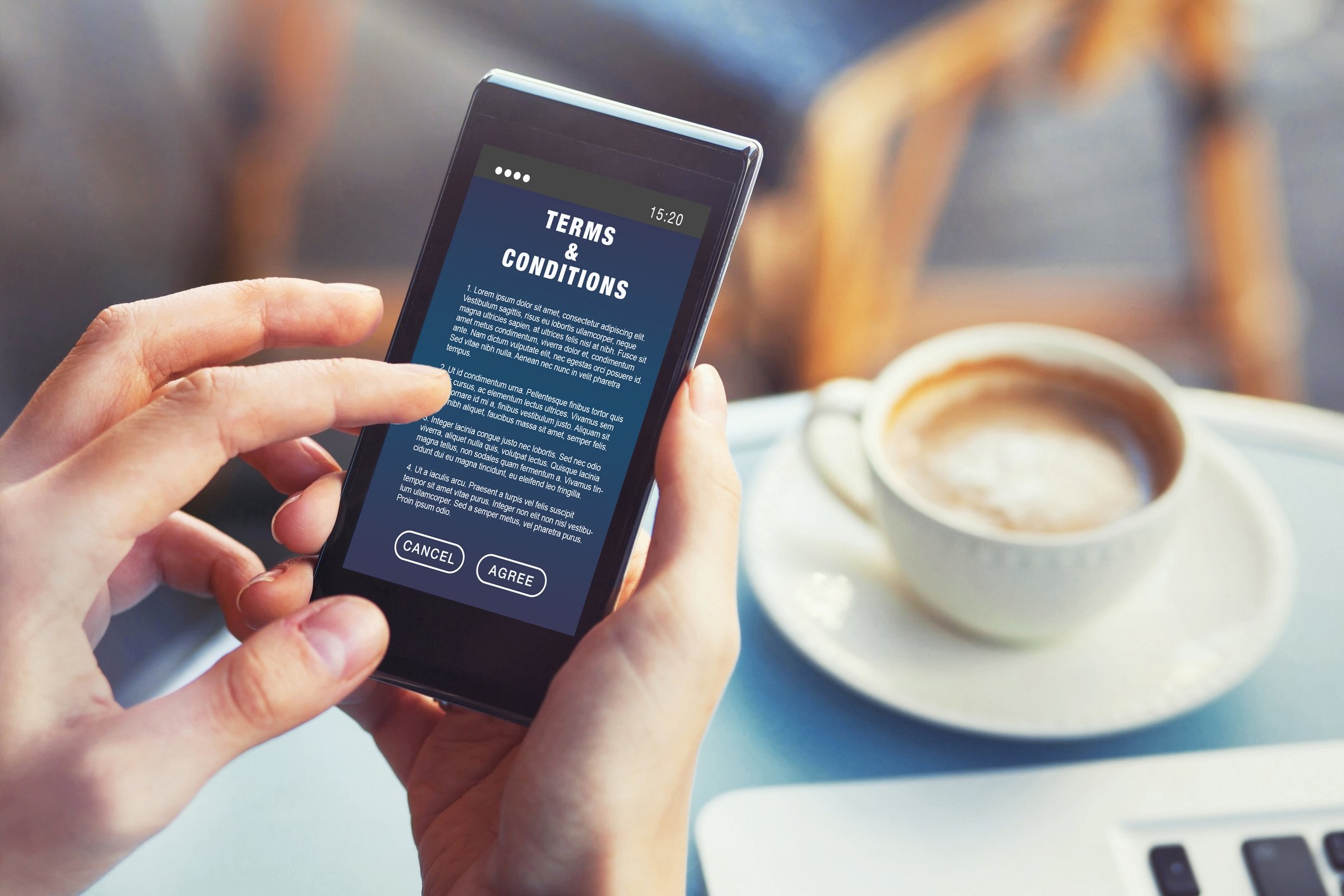Employee Engagement Boost
EMPLOYEE ENGAGEMENT BOOST
At Motivforce we have been helping clients to deploy Business Partner-driven strategies in order to improve their performance, agility and profitability. Although this is still core to our business, we also work on a growing interest in measuring the impact of employees on the bottom line. Employees are arguably a company’s most valuable resource, as they are sources of innovation and knowledge and allow for competing through service excellence.
As Howard Schultz, the CEO of Starbucks, once stated: “employees are the primary catalysts for delighting customers.” At the same time, many companies are battling employee turnover, less than optimal productivity levels and the absence of a sense of ownership among employees. Investing in enablement and training helps to boost employee engagement. Employee-centric companies offer regular training programs to enhance capabilities and skill sets.
As employees become aware of such positive attention and recognition, they respond with higher levels of engagement and this positively impacts the interactions with their customers. American Express, for instance, deployed an internal training and incentive program aimed at increasing engagement around customer care. After the training, employees were empowered to engage with customers as they saw fit and rigid guidelines like ‘average handling time’ and scripted responses were binned. The pay-off was astounding; customer spending on Amex products increased by 2% and a portfolio of profitable innovative services around the products was developed.
For Motivforce, employee recognition and engagement is a catalyst for business growth. Below we provide you with a sketch of a stepwise approach to developing our employee engagement boost scan.
Steps to developing employee engagement
As a first step, we need to know what employee engagement really is. An article in Sloan Management Review argues that employee engagement consists of 5 elements;
employee satisfaction
employee identification
employee commitment
employee loyalty
employee performance
As a second step, by means of an employee engagement scorecard, we scan how each of these components directly influences an employee’s overall engagement level for each employee, team, business unit or company.
Thirdly, on the basis of a benchmark system, teams, business units and also companies are grouped into four categories; low, somewhat, higher and highest engagement.
As a fourth step there is the burden of proof; how is employee engagement connected to profitability? Initial research that takes between-company differences into account shows that the highest level of growth in profits (10% to 15%) occurs in the group of companies whose employees are highly engaged and conversely the lowest level of growth in profits (0% to 1%) happens in the low engagement category.
A final step of the employee engagement scan is to plot an upward moving trend. As the employee engagement scorecard has scores for each of the five components, a sensitivity analysis is run to determine where to allocate resources most effectively. For instance, if the employee identification factor is lagging behind, this impedes team-spirit and blocks the generation of fresh initiatives. Incentivizing contributions to mentor programs or internal idea development communities may stimulate employees so that they feel part of the culture and values of the company.
Enhance employee commitment levels
As another example, in order to enhance employee commitment levels, companies should review their incentive structures and rewards and benefits to convince employees that their contribution and input are valued.
And finally, when it comes down to employee performance, poor performing teams or firms should revisit whether current training and incentive programs are still suited to engage employees.
So, while we acknowledge that a major focus of companies is going to be on business partners, resellers or end-users, the positive impact of employee engagement on the bottom-line should motivate companies to shortlist employee engagement as a strategic imperative. And Motivforce has just the boost for that.











